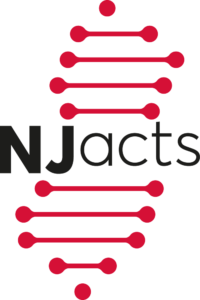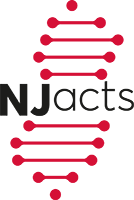 Please read Dr. Suriano’s article in Molecular Therapy titled, “An innate immune response to adeno-associated virus genomes decreases cortical dendritic complexity and disrupts synaptic transmission.“
Please read Dr. Suriano’s article in Molecular Therapy titled, “An innate immune response to adeno-associated virus genomes decreases cortical dendritic complexity and disrupts synaptic transmission.“
Clinical and basic neuroscience has been revolutionized by recombinant viral technology. Recombinant adeno-associated viruses (AAVs) are among the most commonly used viruses to deliver genes to the nervous system, in part because they are non-pathogenic and non-replicative, have broad tropism, and drive strong gene expression in postmitotic neurons. In basic and preclinical neuroscience research, AAV is commonly used to drive expression of exogenous proteins, including circuit tracers, calcium indicators, and optogenetic ion channels, or to edit endogenous genes using CRISPR-Cas9. AAV is also used clinically to restore endogenous protein function in the nervous system to treat Leber’s congenital amaurosis 2 and spinal muscular atrophy, and AAV-based clinical trials are under way to treat numerous other disorders of the nervous system, including Alzheimer’s disease, Canavan’s disease, late infantile Batten disease, Parkinson’s disease, and amyotrophic lateral sclerosis.
In the periphery, AAV-mediated gene delivery can elicit humoral, cellular, and innate immune responses to features including the viral capsid, expressed transgene, and impurities from the viral preparation, leading to upregulation of major histocompatibility complex class I (MHCI) and MHCII proteins, activation of CD4+ and CD8+ T lymphocytes, and engagement of B cell-mediated antibody responses. As a result, AAV-mediated transgene expression is often limited by previous exposure to naturally occurring or engineered AAVs. In contrast, the immune-privileged status of the central nervous system (CNS) enhances long-term persistence of transduced cells and transgene products, contributing to the rapid rise of AAV as a tool for gene delivery to the CNS. To read the full article.
